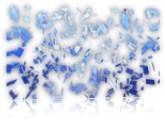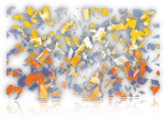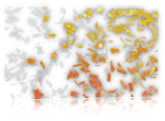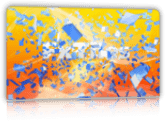FxTiles in Final Cut Pro X Tutorial
You are currently viewing a placeholder content from YouTube. To access the actual content, click the button below. Please note that doing so will share data with third-party providers.
More InformationCool 3D Tiling Effects
Boinx Software and Noise Industries, teamed up to create FxTiles, a collection of amazing 3D filters and transitions based on FxFactory for Final Cut Pro, Motion, After Effects and Premiere Pro.
Flipped, Shattered & Spread
FxTiles is a special effect filter package for
Boinx FxTiles offer some “extra spice” for video and post production professionals to impress their audience. The FxTiles Show Reel below gives you an first impression what you can expect from the FXTiles plug-in package that is now part of FxFactory.
What Is FxFactory?
FxFactory powers hundreds of free and commercial plug-ins for Final Cut Pro, Motion, After Effects and Premiere Pro. FxFactory provides a free, easy-to-use plug-in management system to help you explore its huge library of visual effects.
Where To Buy
Get Boinx FxTiles for Final Cut Pro, Motion, After Effects and Premiere Pro in the FxFactory Online Store.
Effects
For Final Cut Pro, Adobe After Effects, Adobe Premiere, Motion

Flip 3D
The Flip 3D & Shatter 3D effects divide the source image into tiles and flip them in 3D space.

Shatter 3D
The Flip 3D & Shatter 3D effects divide the source image into tiles and flip them in 3D space.
Transitions
For Final Cut Pro, Adobe After Effects, Adobe Premiere, Motion

Reveal 3D
Divides the source image into tiles and flips them in 3D space to reveal the same portions of the destination image.

Shatter & Rebuild 3D
Shatter the source image in fragments while at the same time rebuilding fragments of the destination image in place of the source.

Shatter & Rebuild With Fade 3D
Shatter the source image in fragments that gradually fade out, then fades in fragments of the destination image and uses them to rebuild it in place of the source.

Shatter & Reveal 3D
This transition has two variants: in the first, the source image is shattered to reveal the destination image below it. In the second variant, a shattered version of the destination image is gradually rebuilt over the source.
